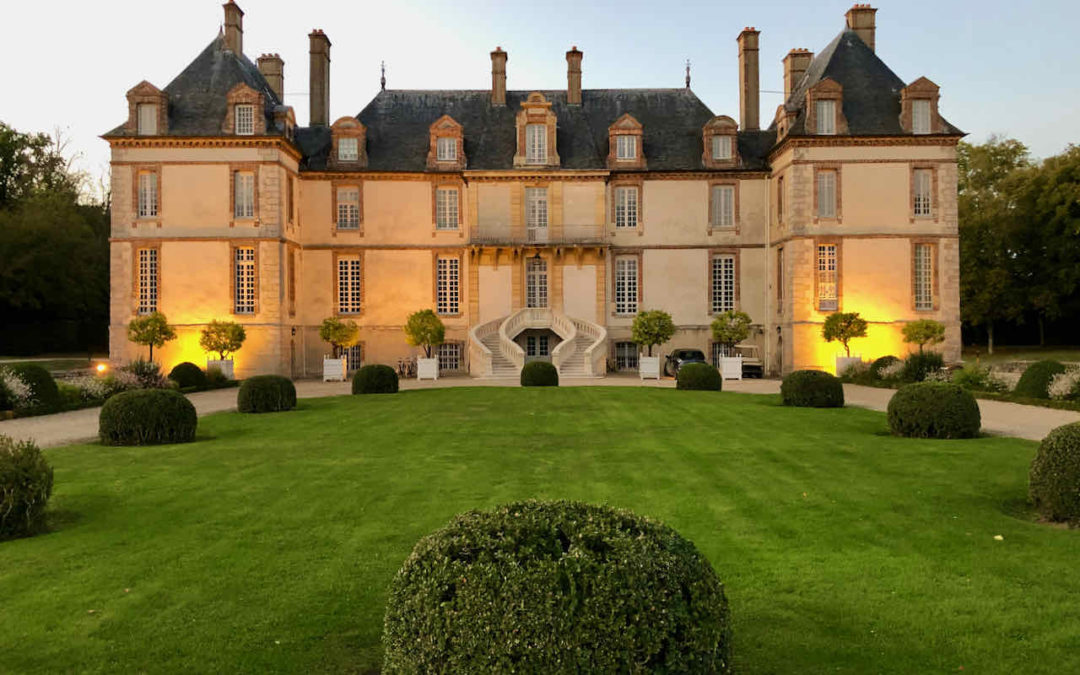Ask someone to name some historic châteaux near Paris, and Versailles is usually the first one mentioned. Don’t just stop there. We will introduce you to lesser visited, but equally interesting châteaux where you can stay overnight or visit on a day’s journey out of Paris.
Manor, castle, chateau? What’s in a name?
We will keep this simple. A manor (manoir in French) is an aristocratic home originally occupied by a man of rank, such as Lord. Château (plural is châteaux) is the next step up in grandeur and prestige, generally a large estate built in the countryside. If that château was built for defensive purposes or fortress, the French would call it a castle. At any rate, the Loire Valley, not far from Paris, is home to more than 300 properties we might call châteaux. We will focus on just three.
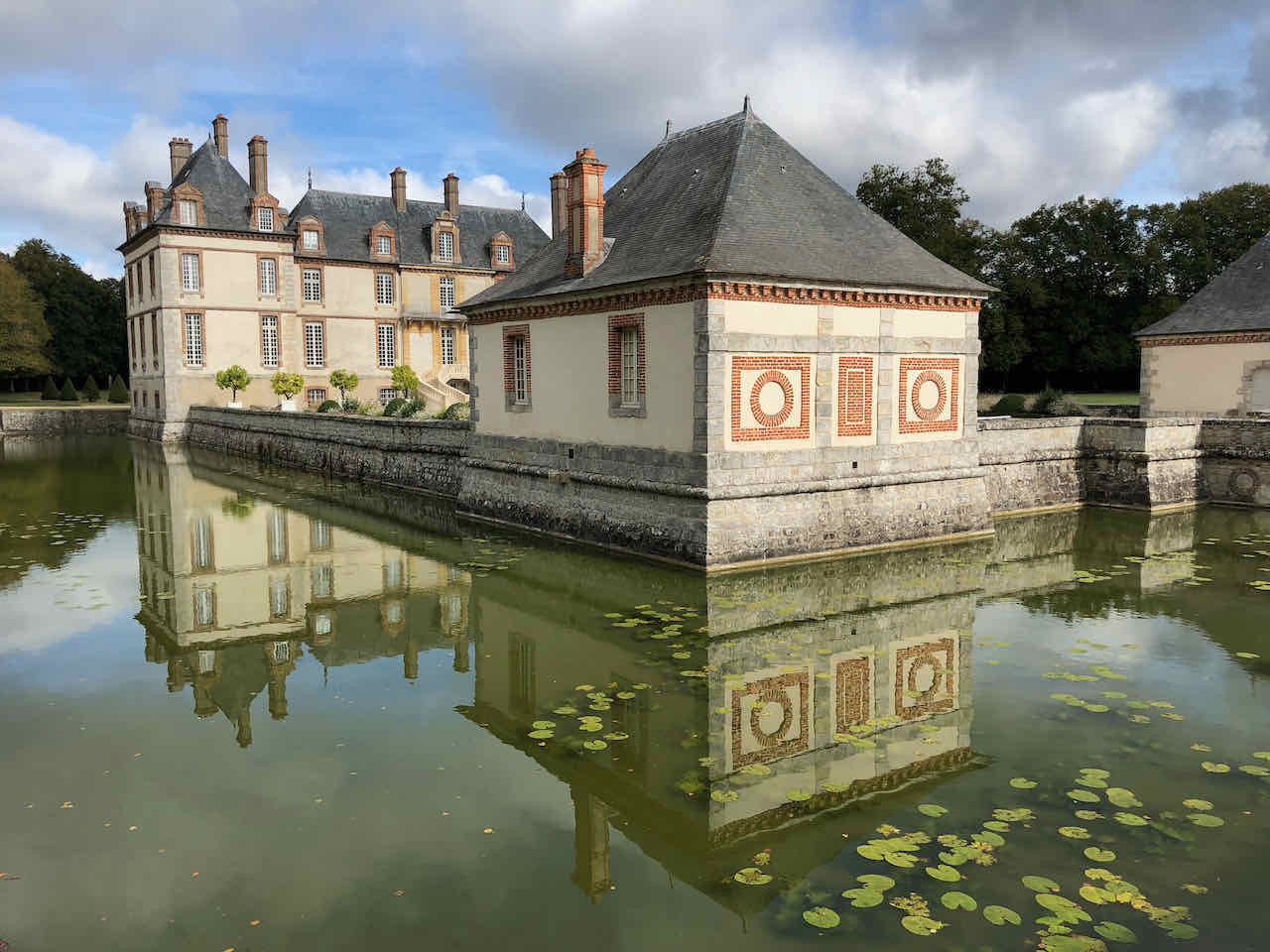
Château de Bourron
This charming château becomes our home for several nights and our base for visiting other sites in the Fontainebleau region. We appreciate the phrase, “a man’s home is his castle,” because we have this amazing castle pretty much to ourselves.
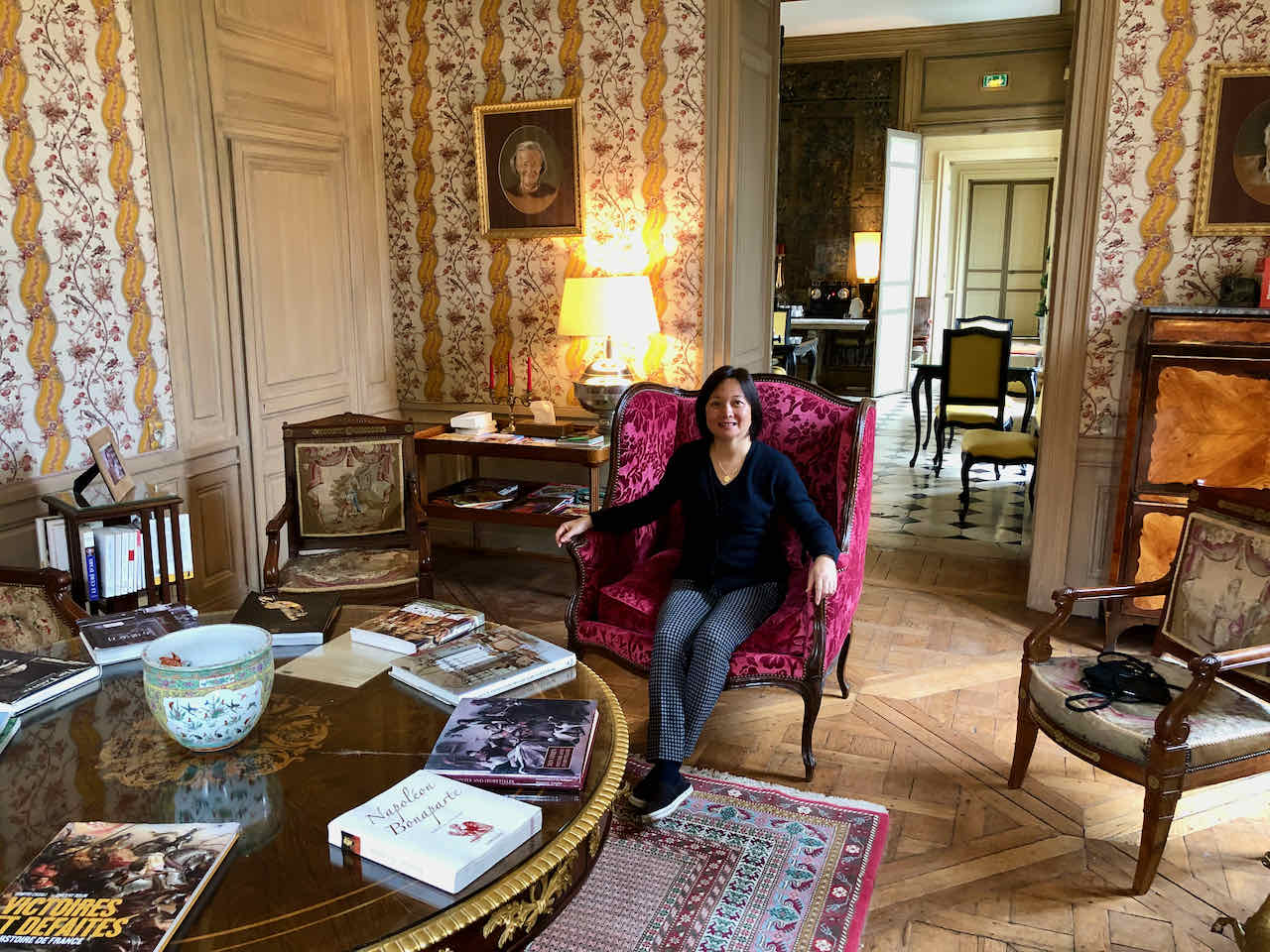
The property was described in 1367 as a fortress “enclosed by walls and surrounded by water ditches.” Owned by nobles, the castle of Bourron passed through many hands over the centuries to follow.
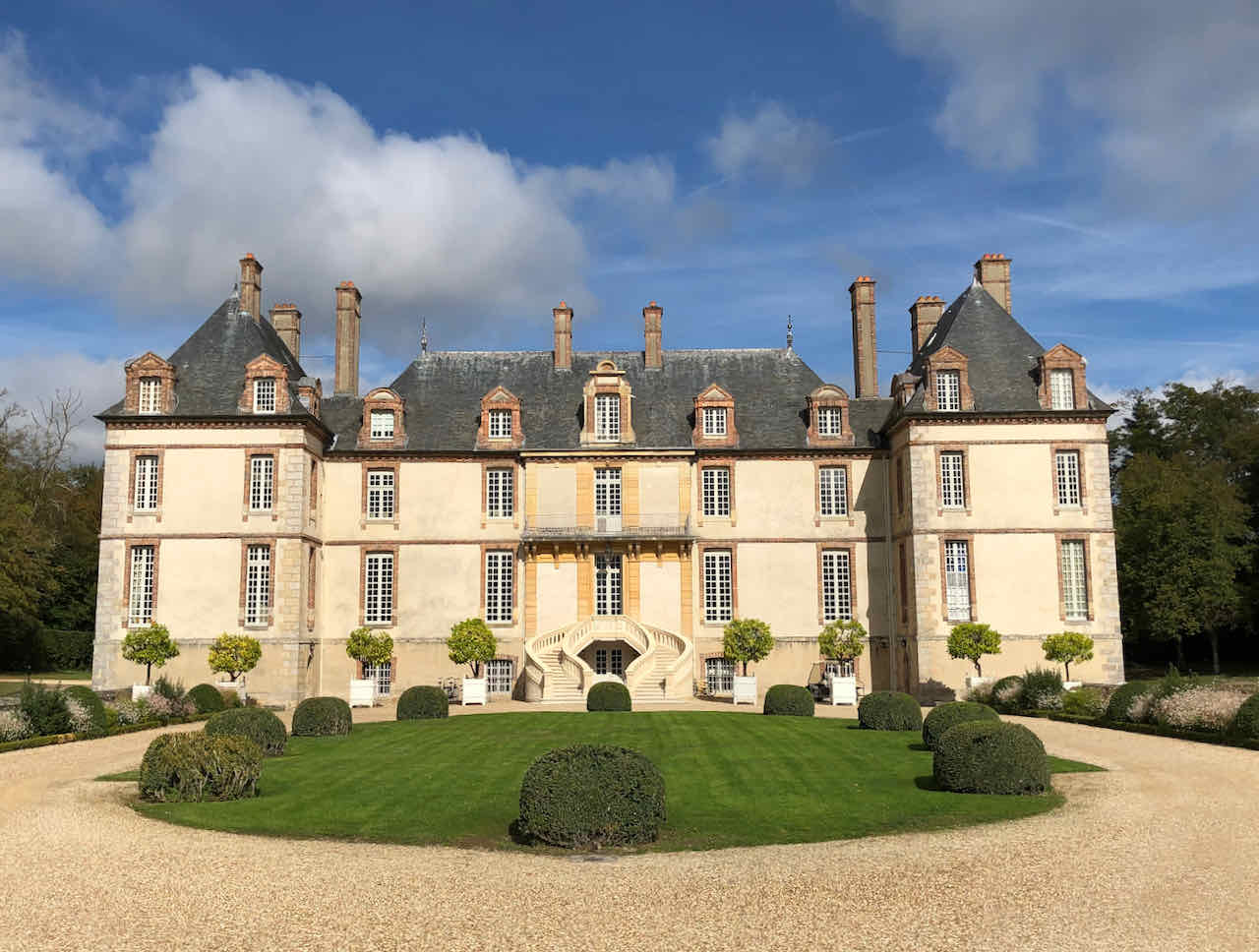
In 1725, it was home to the dethroned king of Poland. It seems a problem of etiquette prevented him from being received at the Court of Fontainebleau at the time of the marriage of his daughter to the young Louis XV. The new queen of France came to visit her parents daily, while Louis XV made his appearances on the pretext that he was on a hunting trip.
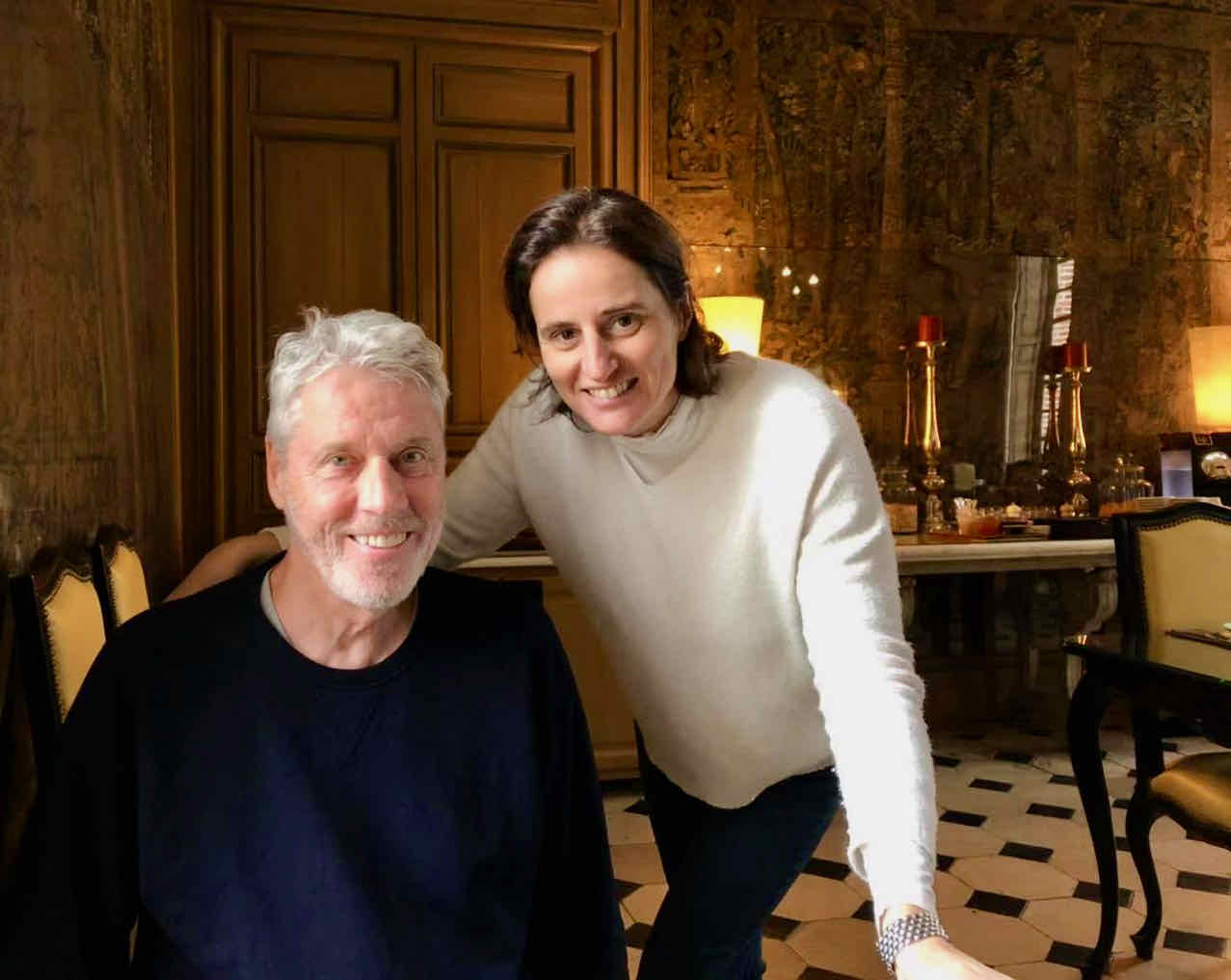
During the French revolution, the castle succumbed to the fate of being looted. In 1878, the estate was bought by the Count and Countess Montesquiou. It resides within the family today, inherited by Estrella, who is pictured here with Stephen.
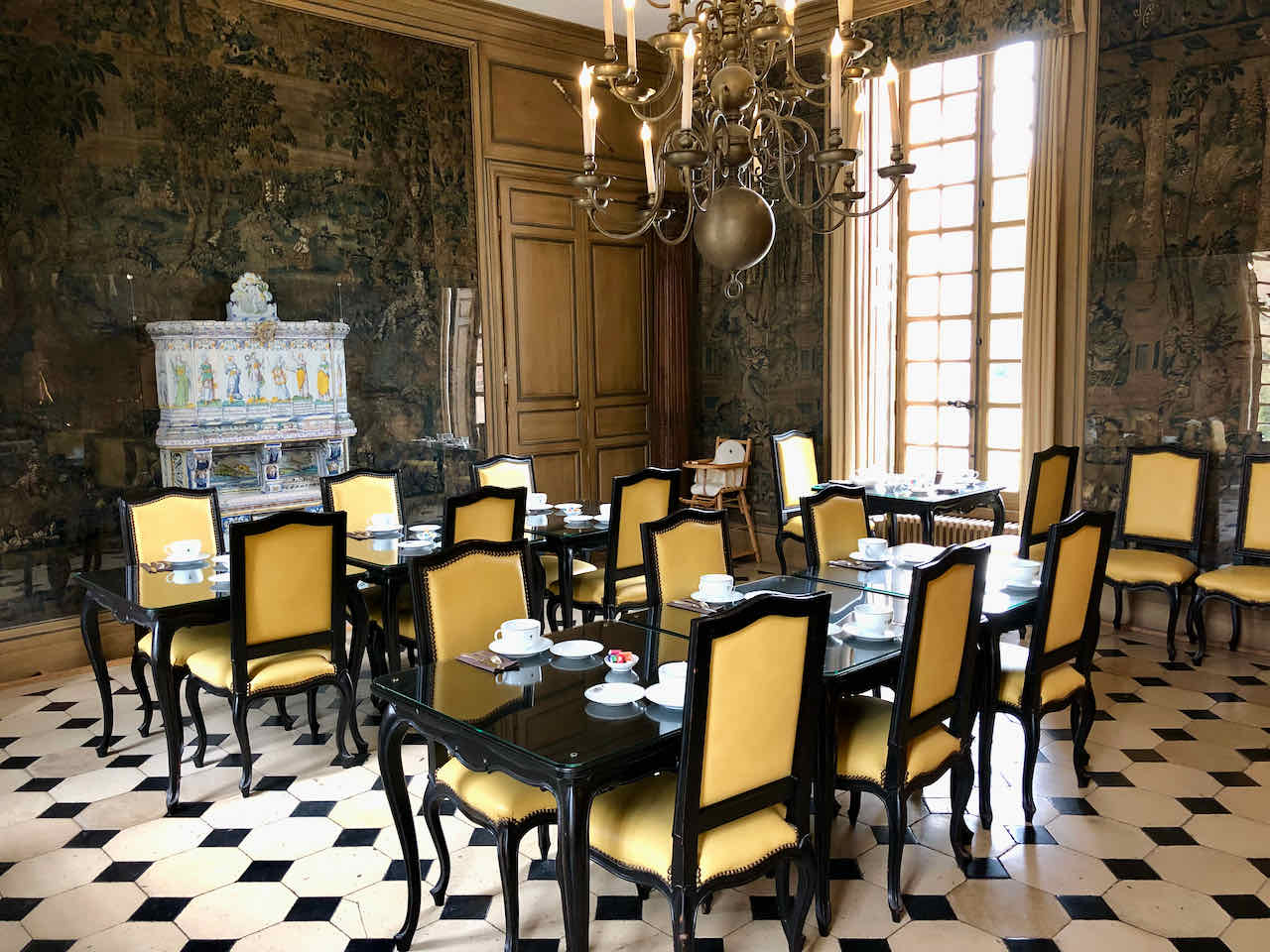
As expected, all 14 rooms at the Château de Bourron are unique and lavishly decorated. Breakfast is in the Hercules room, surrounded by 16th century Flemish tapestries. But the piece de resistance is the 42-hectare grounds. Choose to walk in a large park or a forest or just stroll along the moated walkways and enjoy the different views from the front and rear of the château.
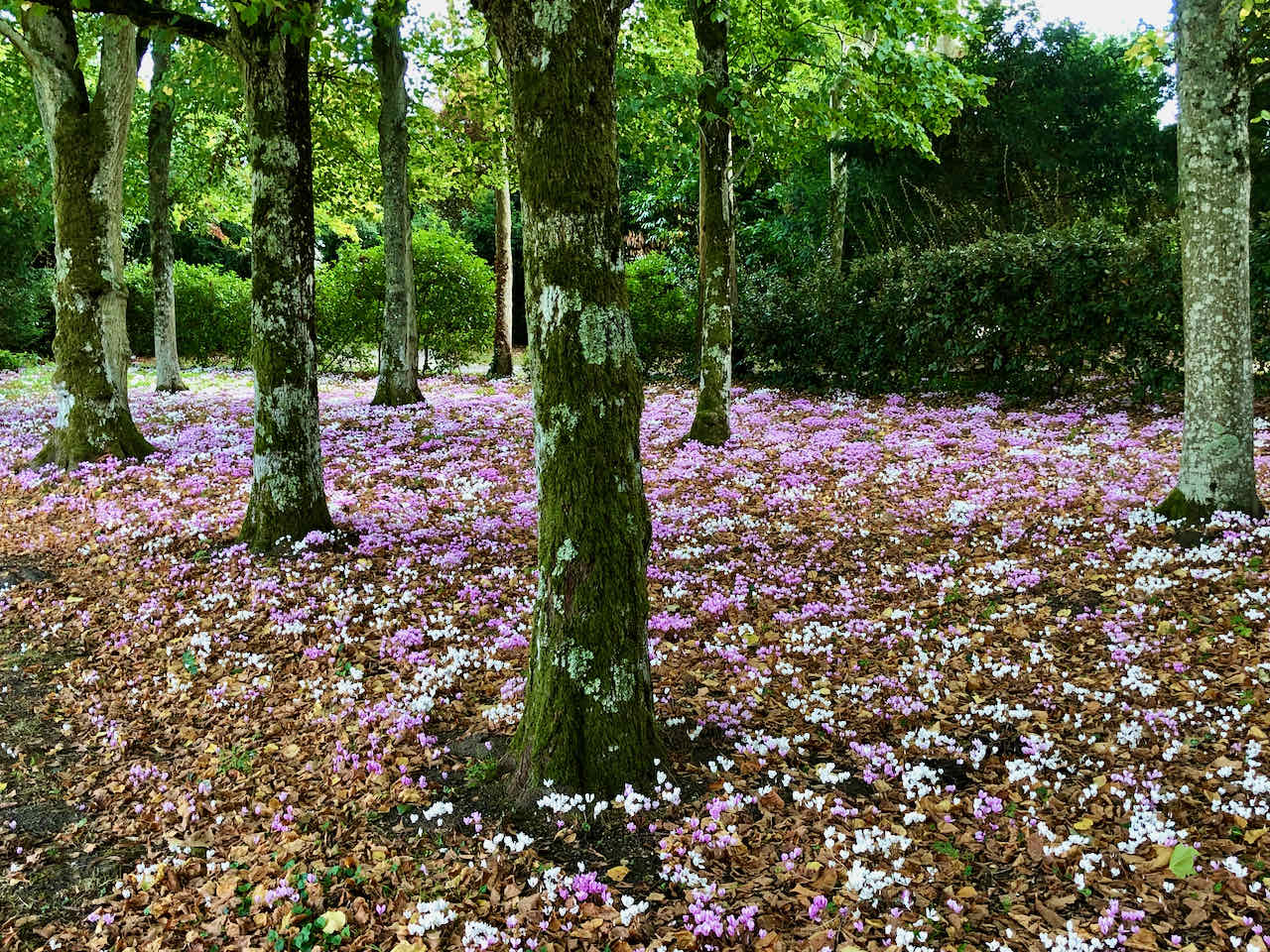
The small, picturesque town of Bourron is just outside the gate. Despite the language barrier, the people are cordial. Walking to the far end of town we are caught in a sudden heavy rainstorm, but a young lady is kind enough to drive us back to the château.
The train stop, where we are whisked back to Paris, is a mere 70 km away. But first, we need to spend a few days visiting other châteaux. Let’s get started!

Vaux-le-Vicomte
This magnificent château was built to be the home of Nicolas Fouquet, Louis XIV’s finance minister in the 1650s. Here is what travel-writer, Rick Steves, has to say: “Versailles may be the most historically significant, but Vaux-le-Vicomte, just an hour away by car, is flat-out ravishing, with a harmony of architecture, interior decor, and garden design that’s unrivaled. It gets my vote for the most beautiful château in all of France.”

The story behind Vaux-le-Vicomte is as amazing as the chateau itself. Fouquet bought the property and then enlisted the services of three of France’s great artists: Louis Le Vau, as architect; André Le Nôtre, as landscape gardener; and the painter and decorator Charles Le Brun. Working together they would create a majestic masterpiece of harmony and balance such as France (and arguably Europe) had never seen before.
Meanwhile, the skillful Fouquet was able to replenish the war-depleted French treasury. That created jealously among his peers, notably Jean-Baptist Colbert, who schemed against Fouquet. He convinced the young Louis XIV that Fouquet was embezzling millions and even raising an army.

On the evening of August 17, 1661, Fouquet hosted an extravagant party to honor the king at his newly-completed estate. But the die was cast. Louis XIV had already decided to imprison Fouquet. The king enjoyed his evening and later had Fouquet arrested. Voltaire would write: “On August 17, at six in the evening Fouquet was King of France, at two in the morning he was nobody.” At the trial the judges recommended banishment, but the king intervened and sentenced Fouquet to life imprisonment, where he died.
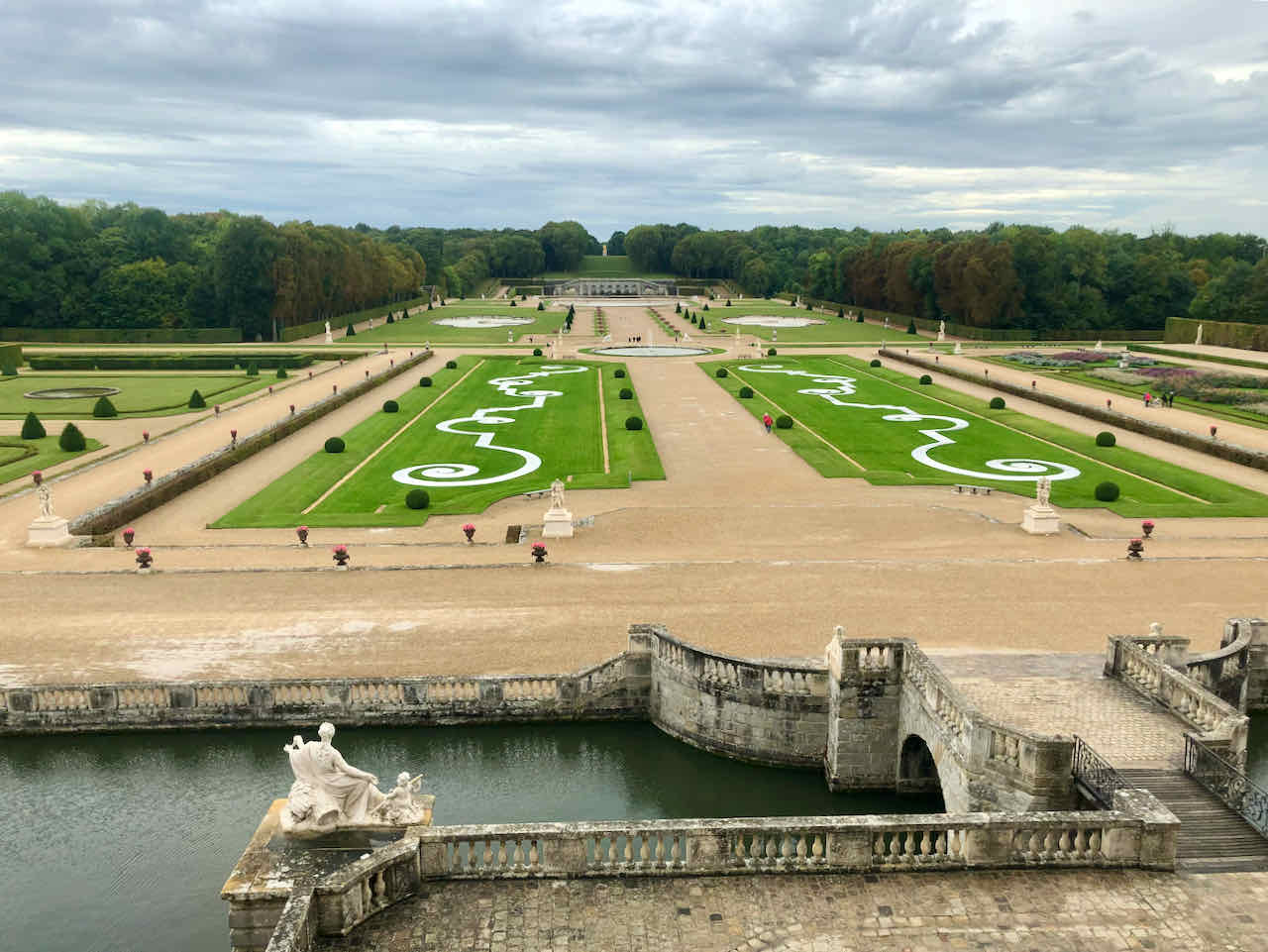
And in a cruel twist of fate, Louis XIV used what he saw at Vaux-le-Vicomte as inspiration to turn Versailles from a small hunting lodge into the magnificent palace we know today, even hiring the same artistic team.
The guided audio tour of Vaux-le-Vicomte is one of the best museum-like tours we have ever attended. Fouquet’s story is told in riveting detail as you pass from one fully-furnished opulent room to another. The extensive formal gardens (about 33 of the estate’s 500 hectares or 1,235 acres) are equally majestic. We easily spend half a day on this visit.
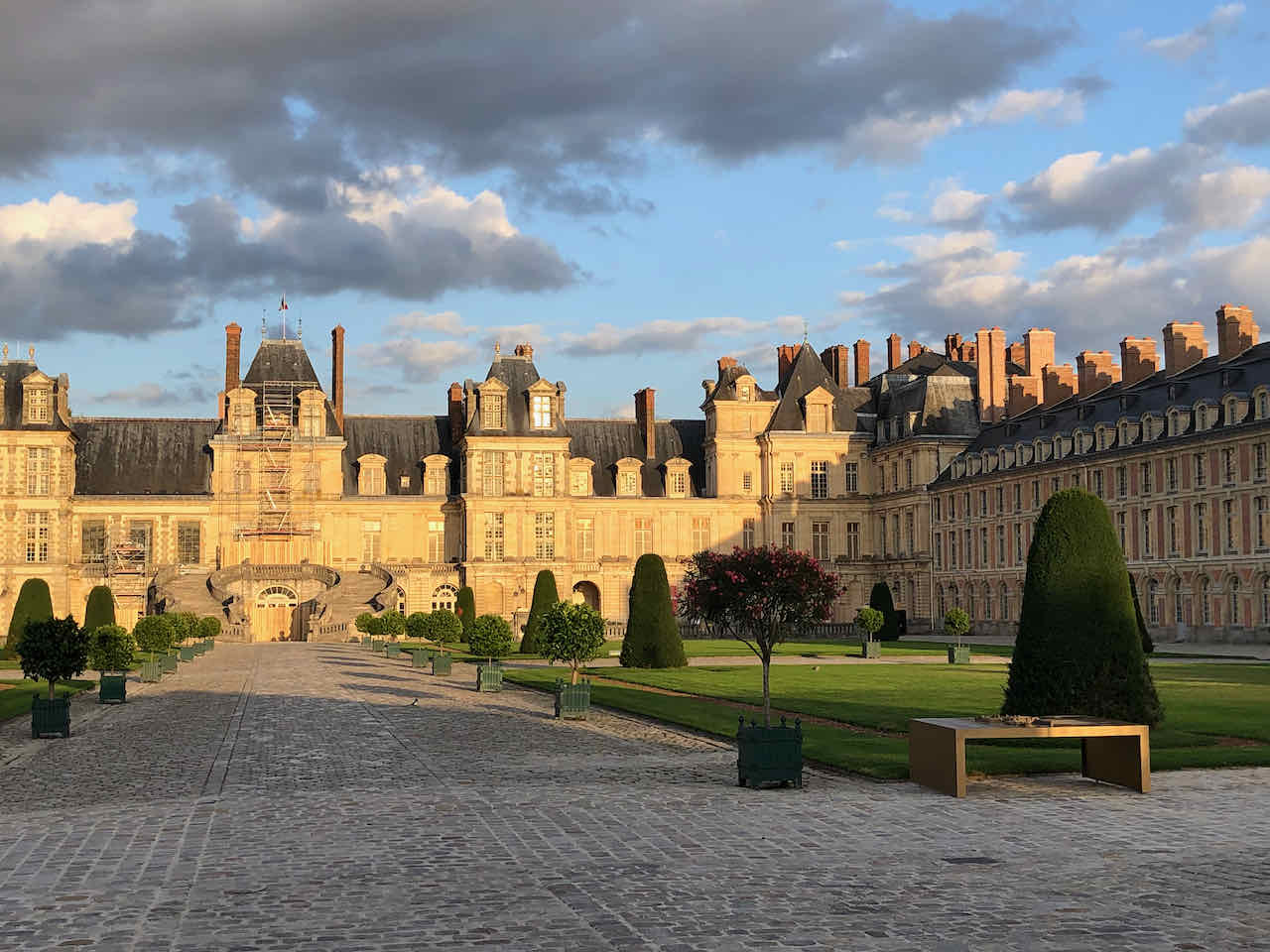
Château de Fontainebleau
If you only have time to tour one château, make it Vaux-le-Vicomte. We have an extra day, so we take in Fontainebleau, just 50 km from Paris. History buffs can channel their inner-Napoleon here. Inside these walls is where the pope met General Napoleon before his 1804 coronation. And coming full circle, it was on the exterior horseshoe-shaped staircase that Napoleon abdicated his rule of France for exile to Elba just ten years later. Symbolically, he was in; he was out.
The massive structure we see today was constructed in the 1500s. Fontainebleau has the distinction of being the only château lived in by every French monarch over a period of hundreds of years, many reflected in a wing or two here. No wonder the place has 1,500 rooms!
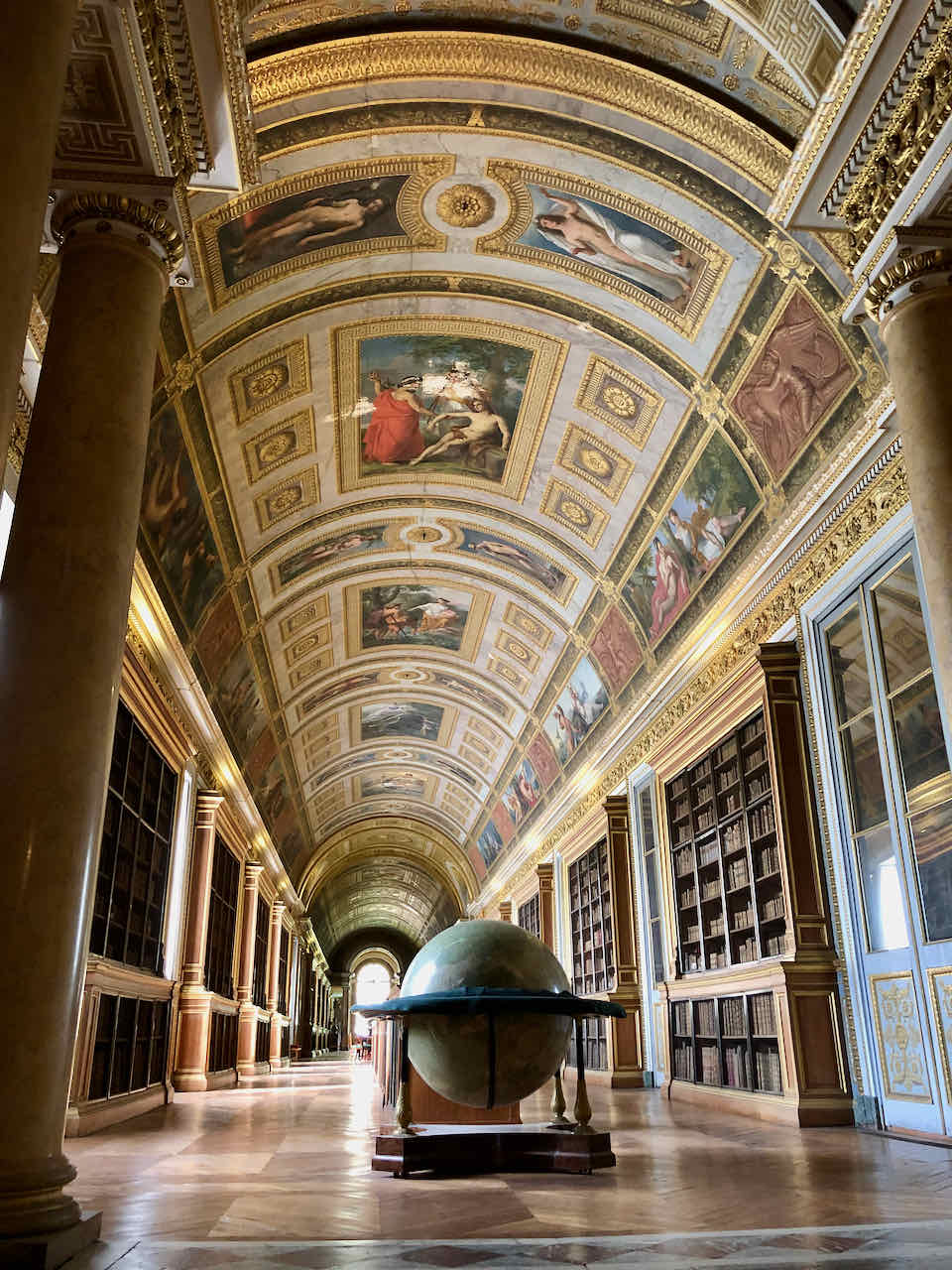
Louis XIV (yes, him doing damage again) signed the Edict of Fontainebleau in 1685, revoking the policy of tolerance towards Protestants. Not to be outdone, Louis XVI and Marie Antoinette made their last visit in 1786 on the eve of the French Revolution. We can only wonder if cake was served.
The expansive grounds are more English gardens than French, in our opinion. They are not nearly as beautiful as Vaux-le-Vicomte, nor as intimate as Château de Bourron. If you are looking for more of a museum experience than stately French château, then Fontainebleau may be for you.
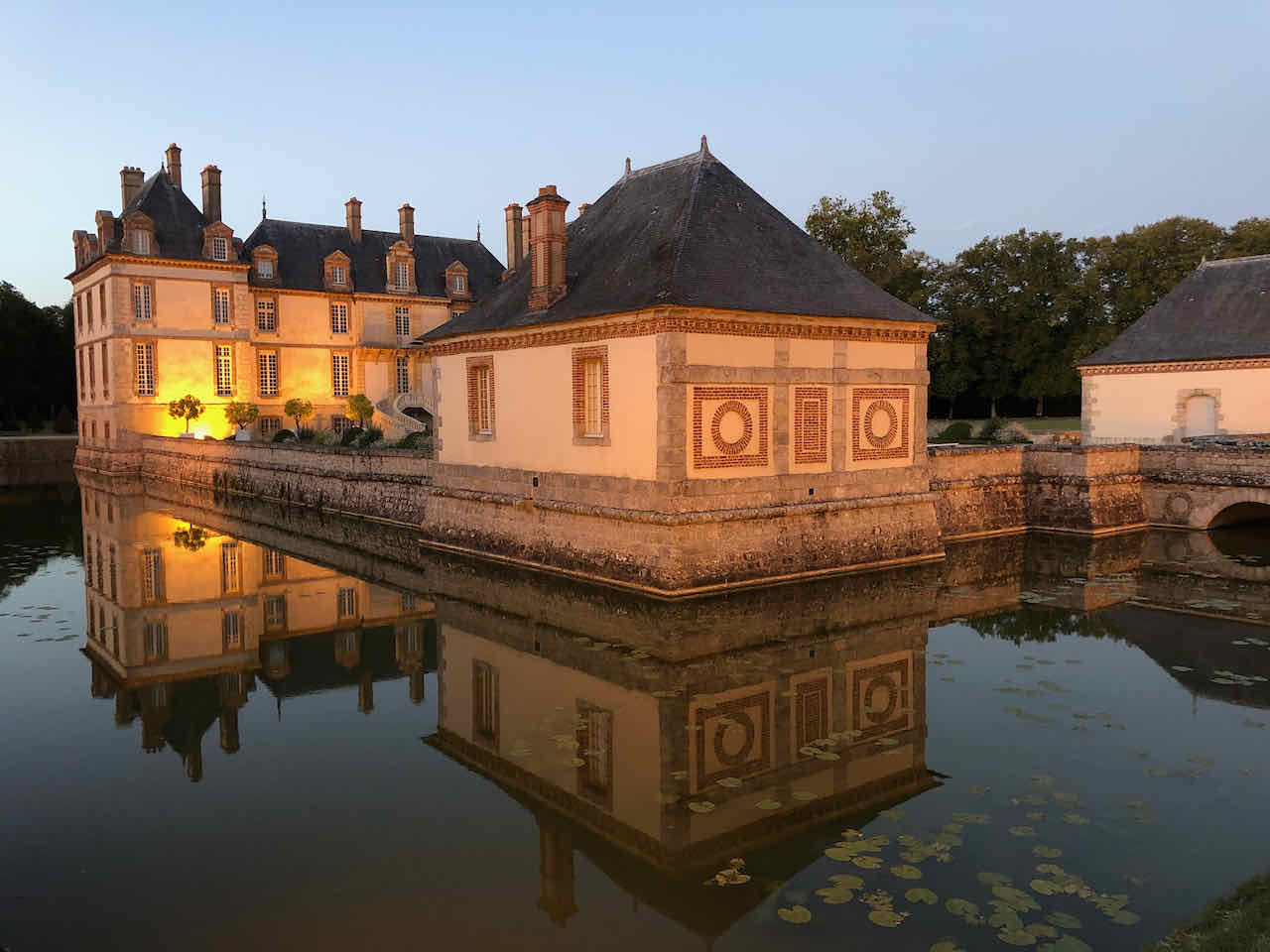
That’s three historic châteaux near Paris. If you have the time and energy, that leaves 297 to go.
Do you have any questions? Do you have your own list or suggestions to help others? Feel free to comment at the bottom of this post.
What’s upscale?
Book your stay at the Chateau de Bourron and live like a French count or countess. Then feel like a noble as you experience Vaux-le-Vicomte.
What’s budget?
Tickets to visit Vaux-le-Vicomte and Fontainebleau are very reasonable. Check out their websites for details.

